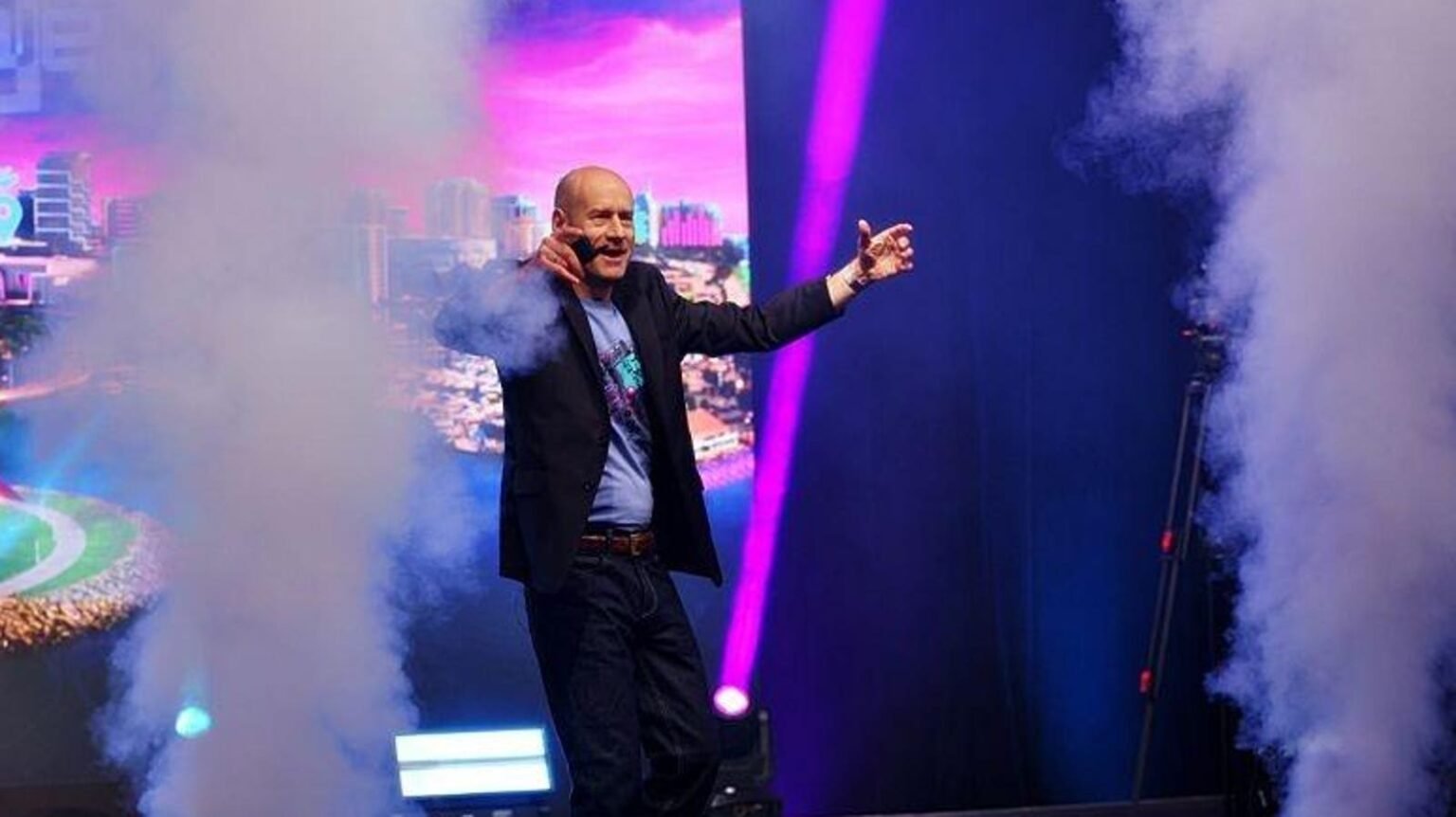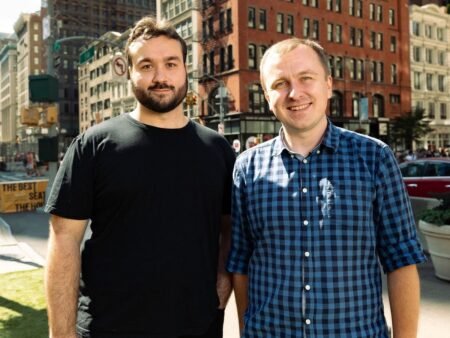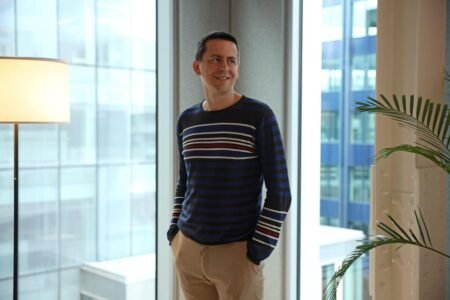The 15th Annual Augmented World Expo (AWE) recently took place in Long Beach, showcasing the latest advancements in Mixed Reality (MR) on devices such as the Oculus Quest and Apple Vision Pro. The expo focused heavily on mobile AR tools and entertainment content, with a low emphasis on AI. The three-day event featured 500 speakers across multiple tracks, including a fireside chat with Oculus inventor Palmer Lucky, a virtual XR museum, and the Auggie awards show. Additionally, the expo floor showcased 300 exhibitors, highlighting the growing interest in MR technologies.
The event kicked off with a keynote from AWE co-founder Ori Inbar, who wore a Vision Pro on stage and demonstrated various face filters to add humor to his speech. Inbar highlighted the industry’s growth, projecting a $35 billion XR market for the year, prompting enthusiasm from the audience. The keynote ended with a humorous look back at Inbar’s predictions for the XR industry in 2014, including the worldwide adoption of over a billion headsets by 2023.
Tuesday morning included important announcements from Niantic, Qualcomm, Snap, and Zappar concerning mobile AR and spatial computing tools. Niantic introduced its Niantic Studio with WebXR, allowing users to create spatially anchored content without the need for app downloads. Snap’s CTO Bobby Murphy discussed the evolving Generative AI tools in Snap Lens Studio, highlighting the billion user-generated experiences already created on the platform.
Other notable presentations included Meta’s keynote, which focused on successful applications of MR for enterprises and education, particularly in training and simulation. XReal, a popular AR eyewear maker, showcased their latest products, including the Beam Pro dedicated device designed to work with their AR glasses. Palmer Lucky, founder of Oculus, was a major attraction at the show, drawing crowds of attendees eager to hear details about his upcoming headset.
The event also featured a historic perspective on VR, with a talk from University of Washington Professor Tom Furness, who discussed his early work in VR dating back to 1966. The event included an XR history museum, showcasing devices such as the 1999 Nintendo Virtual Boy. The podcast “This Week in XR” recorded live at AWE featured insights from industry experts and program director Sony Haskins, offering a glimpse into the behind-the-scenes efforts that make the expo possible.
Overall, AWE 2024 was a success, with a focus on the latest AR, VR, and haptic experiences. Attendees experienced hands-on demonstrations of cutting-edge technologies, such as haptic gloves and new AR devices. The event provided a platform for industry leaders to share insights and innovations, setting the stage for future advancements in the XR industry. AWE 2024 showcased the ongoing evolution of immersive technologies and their potential to transform various industries.












